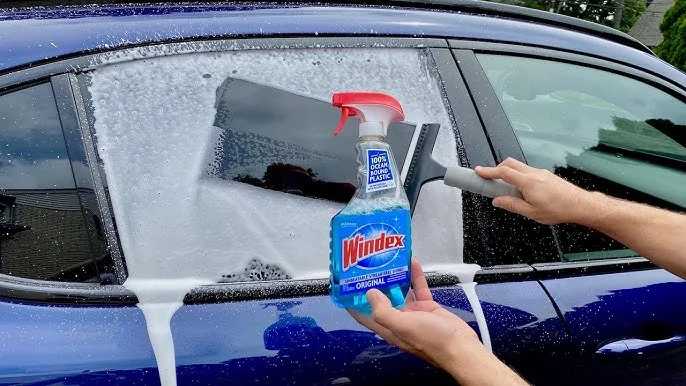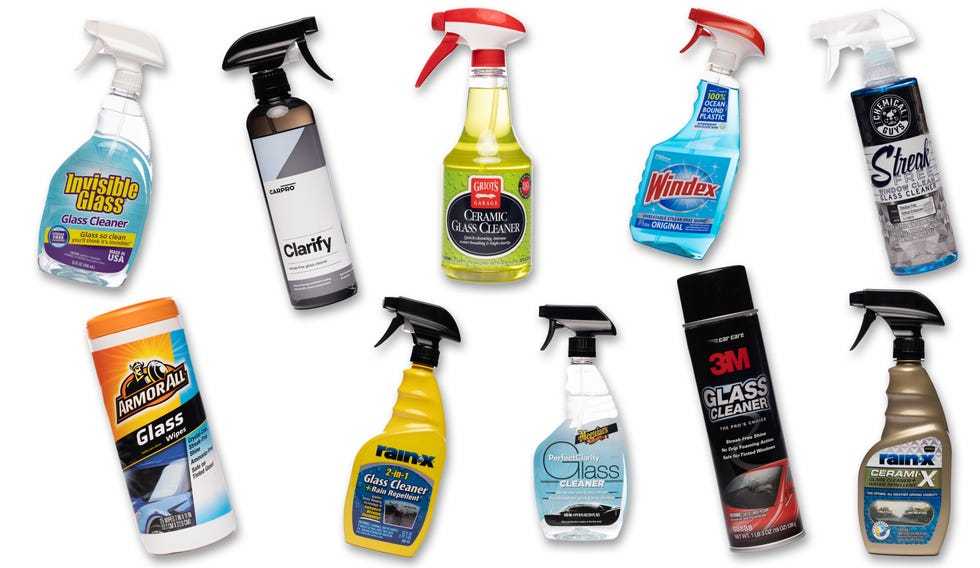To quickly fix scratches on your car glass, buff the area with a glass polishing compound or use a DIY toothpaste trick to gently smooth out minor scratches. For deeper marks, professional repair might be necessary. Regular polishing and cautious cleaning can prevent future damage and keep your windshield crystal clear.
Removing scratches from car glass might seem daunting, but with the right approach, many minor scratches can be effectively diminished or even eliminated. Whether you’re dealing with light surface marks or deeper grooves, knowing the proper tools and techniques can save you time and money. The key is to assess the depth of the scratch first—if it’s superficial, simple polishing methods often do the trick. For more severe damage, consulting a professional ensures your windshield remains safe and clear. In this article, we’ll explore practical tips and step-by-step instructions to restore the clarity of your car glass, helping you keep your vehicle looking its best and ensuring safer driving conditions.
How to Remove Scratches from Car Glass
Scratches on your car glass can be frustrating and unsightly. They can happen for many reasons, like cleaning with rough cloths or accidental impacts. Luckily, there are effective methods to remove or reduce these scratches, restoring clarity and safety. This guide will walk you through different techniques, tools, and tips to handle scratches on your car glass.
Understanding the Types of Car Glass Scratches
Before attempting to fix scratches, it’s important to identify what kind of scratch you’re dealing with. There are generally two main types: surface scratches and deeper gouges.
Surface Scratches
Surface scratches are shallow marks that usually affect only the outermost layer of the glass. They often appear as fine lines or swirl marks. These scratches are easier to fix and often removable with simple polishing.
Deeper Scratches or Gouges
Deeper scratches extend into the glass and may affect visibility. These are more stubborn and may require professional repair or even glass replacement. Understanding the depth helps determine the best course of action.
Assessing the Damage
To decide how to repair your car glass, inspect the scratch closely. Use a flashlight to see how deep it is and how much it affects visibility. If a fingernail catches in the scratch, it’s likely deep and may need professional help.
Tools and Materials You Will Need
- Automotive glass polish or scratch remover
- Microfiber cloths or soft polishing pads
- Plastic or glass polishing compound
- Cerium oxide polishing powder
- Water and soap for cleaning
- Painter’s tape (optional for protecting surrounding areas)
- Electric drill with polishing attachment (for serious scratches)
- Protective gloves and eye protection
Step-by-Step Process to Remove Surface Scratches
Step 1: Clean the Glass Thoroughly
Start by washing the glass with soap and water. Remove all dirt, dust, and debris, which can cause further scratches during polishing. Dry the surface with a clean microfiber cloth.
Step 2: Protect Surrounding Areas
If needed, use painter’s tape to cover areas around the scratch. This prevents accidental damage to paint or other surfaces during polishing.
Step 3: Apply a Suitable Scratch Remover
Use an automotive glass polish or scratch removal compound. Apply a small amount onto a soft cloth or polishing pad. Work in small circular motions, applying light pressure to buff the scratch.
Step 4: Polish with a Rotary Tool (Optional)
If the scratch is stubborn, attach a soft polishing pad to a drill and gently work the compound into the glass. Keep the drill at a low speed to avoid overheating.
Step 5: Wipe and Inspect
After polishing, wipe the area with a clean microfiber cloth. Check if the scratch has reduced or disappeared. Repeat the process if necessary, but avoid excessive polishing.
Using Cerium Oxide for Deep or Persistent Scratches
What is Cerium Oxide?
Cerium oxide is a powerful polishing agent capable of removing deeper scratches from glass. It is commonly used in professional glass restoration.
How to Use Cerium Oxide
- Mix cerium oxide powder with water to create a slurry.
- Apply the slurry to a felt pad attached to a polishing tool or a rotary buffer.
- Polish the scratched area with gentle, consistent pressure, moving in circular motions.
- Keep the area wet to prevent overheating and to aid in polishing.
- Wipe the area clean and inspect the results.
Addressing Deep or Severe Scratches
Deep scratches that reach the inner layers of the glass may not be fully removable with DIY methods. They can impair visibility and safety, so consider consulting a professional glass repair service. Sometimes, a full glass replacement is the safest option.
Preventing Future Scratches on Car Glass
- Use soft, clean microfiber cloths for cleaning
- Avoid abrasive cleaners or scrubbing pads
- Park your car in shaded or covered areas to prevent debris contact
- Regularly inspect your windshield for minor scratches and address them early
- Apply protective coatings or windshield treatments for added durability
Additional Tips and Warnings
- Always test any product on a small, inconspicuous area first
- Do not use harsh chemicals or abrasive materials that can worsen scratches
- Be patient; some scratches require multiple gentle polishing sessions
- If unsure about the scratch depth or repair process, consult a professional to avoid further damage
When to Seek Professional Help
If your scratches are deep, extensive, or located directly in the driver’s line of sight, professional repair or glass replacement may be necessary for safety reasons. Certified technicians can restore or replace your windshield with minimal hassle.
Knowing how to identify and treat different types of scratches allows you to maintain clear visibility and keep your vehicle looking its best. With the right tools and techniques, minor scratches can often be reduced significantly or eliminated entirely, saving you time and money.
🚗💨 How To Remove Scratches From Windshield 🧽🚿
Frequently Asked Questions
What are some effective methods to minimize visible scratches on car glass?
To reduce the appearance of scratches on your car’s glass, start by cleaning the surface thoroughly with a glass cleaner and a soft cloth. Use a non-abrasive polishing compound specifically designed for automotive glass. Lightly buffer the scratched area in a circular motion, applying gentle pressure. If the scratches are shallow, this method can significantly improve visibility. Always test the product on a small, inconspicuous area first to ensure it doesn’t cause further damage.
Can professional polishing help eliminate deeper scratches from car glass?
Yes, professional polishing can effectively diminish deeper scratches that are beyond DIY solutions. Skilled technicians use specialized equipment and polishing compounds to carefully remove a thin layer of glass surface, smoothing out scratches. This process preserves the integrity of the glass while improving clarity. Keep in mind that more severe scratches might require replacement of the affected glass section if they cannot be adequately polished out.
Are there any DIY remedies to repair scratches on car windows?
Some DIY approaches include applying a mixture of baking soda and water to gently buff out minor scratches or using a glass repair kit containing abrasives and polishing products. Always follow the instructions carefully, and test any remedy on a small area first. For deeper or stubborn scratches, it is safer to consult a professional to avoid worsening the damage or impairing visibility.
Final Thoughts
Removing scratches from car glass requires patience and proper techniques. Start by cleaning the glass thoroughly to remove dirt and debris. Use a glass polish or a scratch removal kit, applying it gently in circular motions. If scratches persist, consider consulting a professional for deeper repairs.
Knowing how to remove scratches from car glass can restore clarity and improve safety. Follow these simple steps to keep your windshield in excellent condition and ensure clear visibility at all times.



